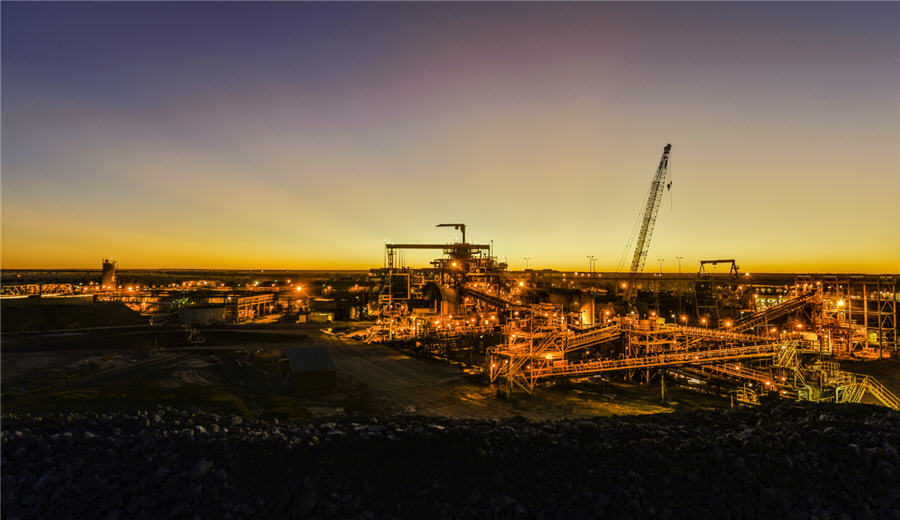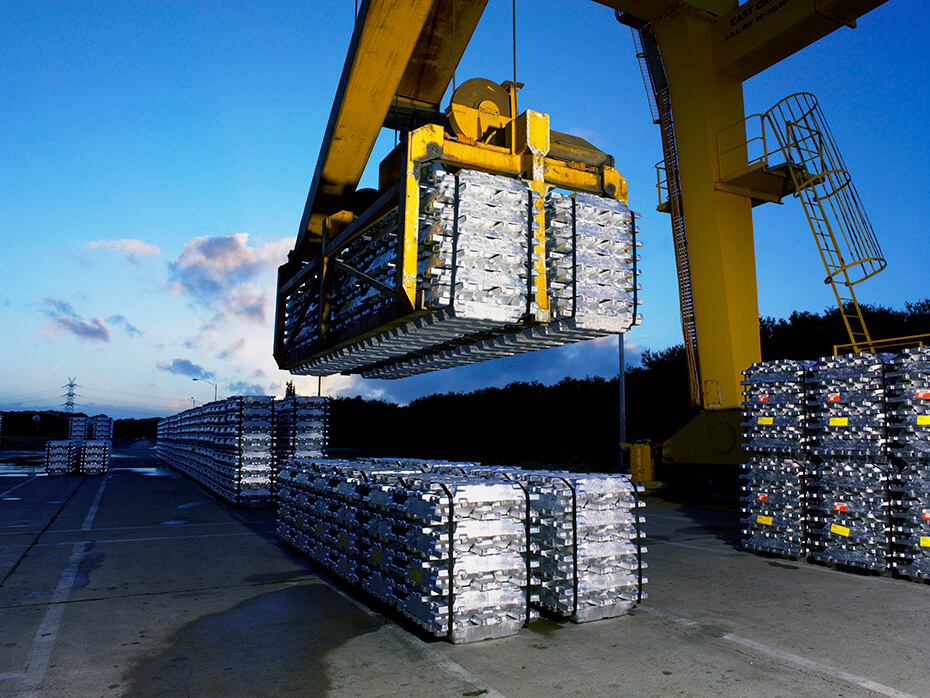Silicon metal market may benefit from EV boom — report
Porsche’s announcement related to the possible use of high-performance batteries with silicon instead of graphite anodes led analyst Roskill to publish a review on the market prospects for silicon metal.
According to the firm, demand for silicon metal is expected to continue the upward trend it has experienced in the past two decades, thanks to new-energy technologies underpinned by the growth of the polysilicon sector and its use in solar energy.
In Roskill’s view, the ascending trend has been cemented with plans by China State Shipbuilding Corporation to invest $4.6 billion in the construction of wind power and photoelectric projects in Zhangye, Gansu province, including 2GW of photoelectric projects and the supporting product manufacturing.
When it comes to the automotive sector, even though the use of silicon metal is limited to a few applications like portable electronics and advanced EV lithium-ion batteries, Roskill predicts that in the period to 2030, some anodes may contain up to 30% silicon.
“Tesla’s Model S and Model 3 use a silicon-carbon anode material. Through adding 6-10% silicon-based material to synthetic graphite, its battery specific volume reaches more than 550mAh/g and energy density can reach 300Wh/kg,” the analysis reads.
“The announcement of Porsche focussing further development of silicon-based anode technology in performance electric vehicles could be a gateway to open up further growth for the silicon industry.”
More News
South32 third-quarter manganese output misses estimates
The world's biggest producer of manganese ore produced 476,000 wet metric tons last quarter.
April 16, 2025 | 03:48 pm
Alcoa reports $20 million tariff hit on imports from Canada
April 16, 2025 | 03:42 pm
{{ commodity.name }}
{{ post.title }}
{{ post.date }}




Comments